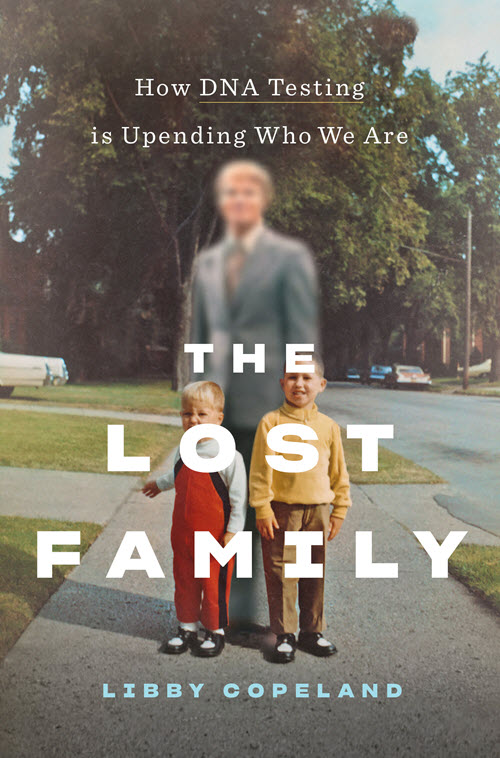The Story I Discovered in this Week’s New Online Genealogy Records!
Once again, this week’s newest genealogical records to come online don’t disappoint. As I compiled this list for you this week, I jumped with joy as I discovered records that confirm the stories of my youth.
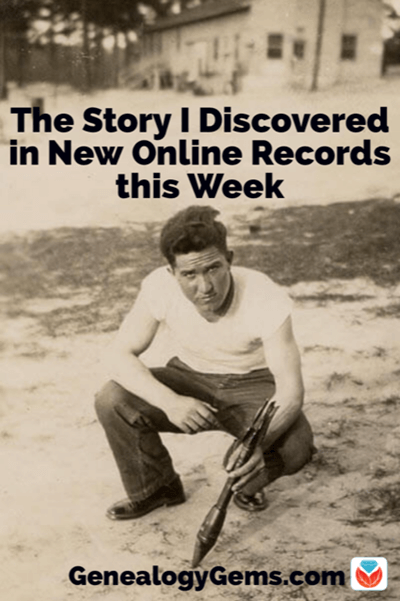
Like many families, mine is complicated. After my paternal grandparents divorced in 1956, my grandmother married her ex-husband’s brother in 1958.
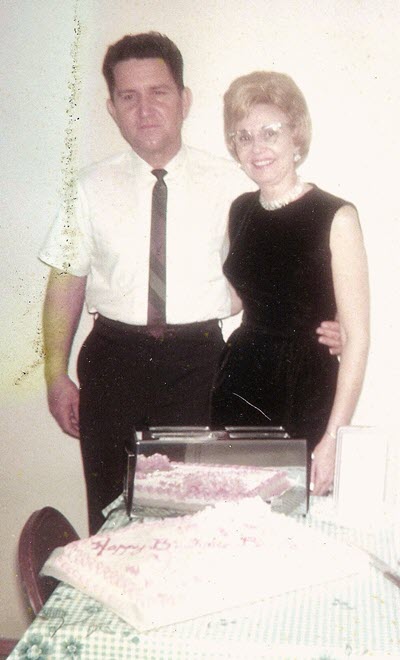
Uncle Elzie and Grandmother Pauline Moore
Elzie Moore was not only my great uncle, but my step-grandfather (if there is such a thing.) As a child all I knew was that I was lucky to have what amounted to three grandfathers, although we respectfully called him “Uncle Elzie”.
This photo very much represents how I remember him:
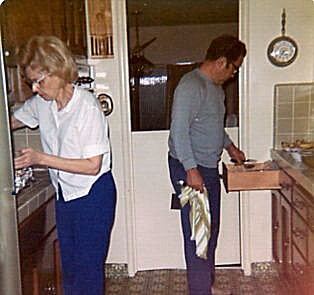
Pauline and Elzie Moore Thanksgiving 1974
He was devoted to my grandmother and ready to help whenever needed.
But well before I was born, he was ready to help his country when Pearl Harbor was attacked in 1941.
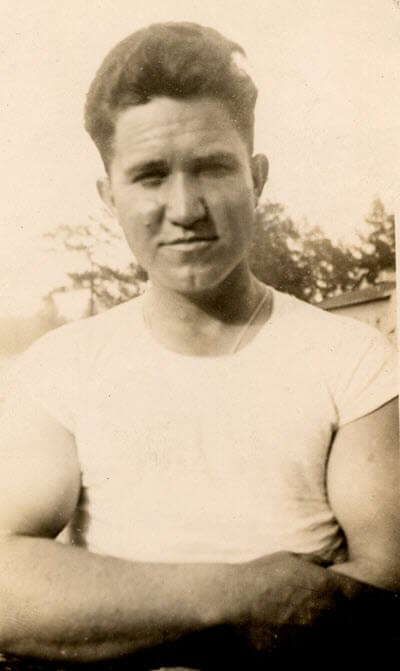
Elzie Moore in 1941.
He didn’t talk much about it, but I remember the day I was sitting on his lap examining his face. I asked him about the prominent scar on the side of his chin. He laughingly told me a variety of wild hair-brained stories as to how he got it. He then simply and quietly told me he had been shot during the war. That was that.
The story was later confirmed by my dad, who went on to explain that was just one of several wounds Uncle Elzie sustained through a heroic career.
And now, so many decades later, the details from the records themselves appear on my screen. In the WWII Hospital Admission Card Files released this month by Ancestry, I discovered not one but three different admission records.
The first was the admission record for that chin injury. He was admitted to the hospital in July of 1944 for a facial wound by a “bullet, missile” sustained in battle. He was discharged in September 1944 and sent back to the front line.
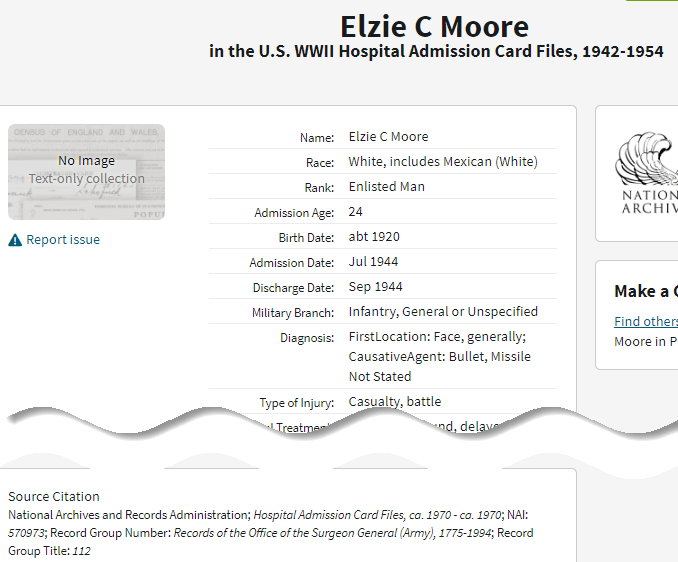
WWI Hospital Admission Records at Ancestry.com
The next record was an admission in November 1944 (although there appears to be a discrepancy in the transcription because the discharge date is listed as May 1944.) This time his injuries were shells and fragments to the thigh, buttock and hip in battle.
When working with these records it’s important to closely examine the service number listed. The third record had also matched “Elzie Moore” which you wouldn’t think was a common name. However, closer inspection revealed a different service number – he was not the same man.
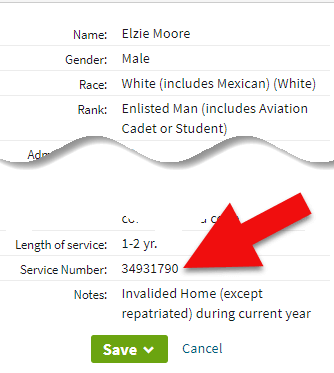
Check the service number to confirm you have the right person.
Though the man himself rarely spoke of his service, the genealogy gems I found today in the records speak volumes. I’m grateful to have more of the story behind the “Purple Heart” inscription that appears on his grave marker.
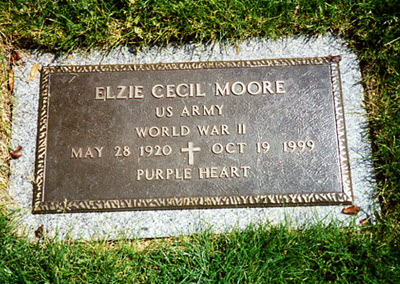
Elzie Cecil Moore grave marker
I hope this week’s list below brings you new genealogy gems!
New Records at Ancestry
Denmark
Denmark, Church Records, 1812-1918
Updated 1/15/2020
United States
U.S. WWII Hospital Admission Card Files, 1942-1954
NEW as of 1/6/2020
Washington State, U.S.
Washington, Death Index, 1940-2017
Updated 1/21/2020
New Records at FamilySearch
New Free Historical Records on FamilySearch: Week of 6 January 2020
United States
Georgia
Georgia, Chatham, Savannah, Laurel Grove Cemetery Record Keeper’s Book (colored), 1852-1942
129 Added indexed records to an existing collection
Georgia, Columbus, Linwood and Porterdale Colored Cemeteries, Interment Records, 1866-2000
114 Added indexed records to an existing collection
Hawaii
Hawaii, Board of Health, Marriage Record Indexes, 1909-1989
12,560 Added indexed records to an existing collection
Louisiana
Louisiana, New Orleans, Interment Registers, 1836-1972
868 Added indexed records to an existing collection
Louisiana, New Orleans, Slave Manifests of Coastwise Vessels, 1807-1860
115,098 New indexed records collection
Michigan
Michigan, Civil War Centennial Observance Commission, Committee on Civil War Grave Registration, Burial Records
2,957 Added indexed records to an existing collection
Mississippi
Mississippi, County Marriages, 1858-1979
2,419 Added indexed records to an existing collection
North Carolina
North Carolina, Center for Health Statistics, Vital Records Unit, County Birth Records, 1913-1922
239 Added indexed records to an existing collection
South Carolina
South Carolina, Charleston City Death Records, 1821-1926
37,437 Added indexed records to an existing collection
Tennessee
Tennessee, Shelby County, Memphis, Board of Health Death Records, 1848-1913
1,330 Added indexed records to an existing collection
Missouri
United States, Missouri, Recruitment Lists of Volunteers for the United States Colored Troops, 1863-1865
17,881 New indexed records collection
American Samoa
American Samoa, Vital Records, 1850-1972
2,237 Added indexed records to an existing collection
Australia
Australia, South Australia, Immigrants Ship Papers, 1849-1940
145,165 Added indexed records to an existing collection
Brazil
Brazil, Rio de Janeiro, Civil Registration, 1829-2012
75,768 Added indexed records to an existing collection
Brazil, Santa Catarina, Civil Registration, 1850-1999
3,314 Added indexed records to an existing collection
Canada
Nova Scotia Church Records, 1720-2001
4,881 Added indexed records to an existing collection
Chile
Chile, Catholic Church Records, 1710-1928
806 Added indexed records to an existing collection
Chile, Cemetery Records, 1821-2015
203,870 Added indexed records to an existing collection
Colombia
Colombia, Bogotá, Burial Permits, 1960-1991
6,371 Added indexed records to an existing collection
Ecuador
Ecuador, Catholic Church Records, 1565-2011
2,277,196 Added indexed records to an existing collection
England
England, Oxfordshire Parish Registers 1538-1904
43 Added indexed records to an existing collection
England, Yorkshire Marriage Bonds and Allegations, 1613-1887
1,898 Added indexed records to an existing collection
Haiti
Haiti, Port-au-Prince, Civil Registration, 1794-2012
193,434 Added indexed records to an existing collection
Ireland
Ireland, Poverty Relief Funds, 1810-1887
691,210 New indexed records collection
Italy
Italy, Trieste, Civil Registration (State Archive), 1924-1944
1,305 Added indexed records to an existing collection
Netherlands
Netherlands, Noord-Holland, Civil Registration, 1811-1950
72,937 Added indexed records to an existing collection
Peru
Peru, Áncash, Civil Registration, 1888-2005
140,119 Added indexed records to an existing collection
Peru, Ayacucho, Civil Registration, 1903-1999
3,733 Added indexed records to an existing collection
Peru, Huánuco, Civil Registration, 1889-1997
10,307 Added indexed records to an existing collection
Peru, Prelature of Yauyos-Cañete-Huarochirí, Catholic Church Records, 1665-2018
550 Added indexed records to an existing collection
Sierra Leone
Sierra Leone, Civil Births, 1802-1969
1,200 Added indexed records to an existing collection
South Africa
South Africa, Civil Marriage Records, 1840-1973
425 Added indexed records to an existing collection
South Africa, KwaZulu Natal, Vital Records, 1868-1976
4,543 Added indexed records to an existing collection
MyHeritage
Sweden
Sweden Household Examination Books, 1840-1947
Updated January 19, 2020
Total number of records in the collection: 125,672,188
“The Household Examination Books are the primary source for researching the lives of individuals and families throughout the Parishes of Sweden, from the late 1600’s until modern times. The books were created and kept by the Swedish Lutheran Church which was tasked with keeping the official records of the Swedish population until 1991.
Each book or series of books represents a 3-10 year period of time within a parish. Every year until 1894 the Parish Priest would visit each home and test each individual’s knowledge of the catechism. They would also collect information about birth dates, marriages, deaths, where people had moved to or from, etc. Each year the priest would come back and update the information of the previous year, noting changes within the population of the home. After 1894 the examinations were less focused on doctrinal knowledge and more focused on enumerating the Swedish population.”
The British Newspaper Archive
“This week we are delighted to welcome 71,598 additional pages to The Archive, as well as five brand new titles. Two of these titles, the Wakefield Express and the South Notts Echo, originate in England, while the other three, the Leinster Reporter, the Carnarvon and Denbigh Herald, and the Times of India are spread out across Ireland, Wales and India respectively.”
Start searching the British Newspaper Archive here.
New historic newspaper titles added:
Leinster Reporter
Years added: 1897-1925, 1927-1928
Caernarvon & Denbigh Herald
Years added: 1850-1872, 1874-1877, 1897
Times of India
Years added: 1861-1865, 1867-1888
Wakefield Express
Years added: 1879, 1892, 1897-1898, 1902, 1911, 1918
South Notts Echo
Years added: 1919-1923, 1927-1939
What Have You Found this Week?
Did you find some genealogy gems in any of these new records? We’d love to hear your story. Please leave a comment below.
And if you enjoyed this article we’d be grateful if you shared it on Facebook and other social media to help other family historians. You’ll find convenient sharing buttons at the top of this article. Thank you!
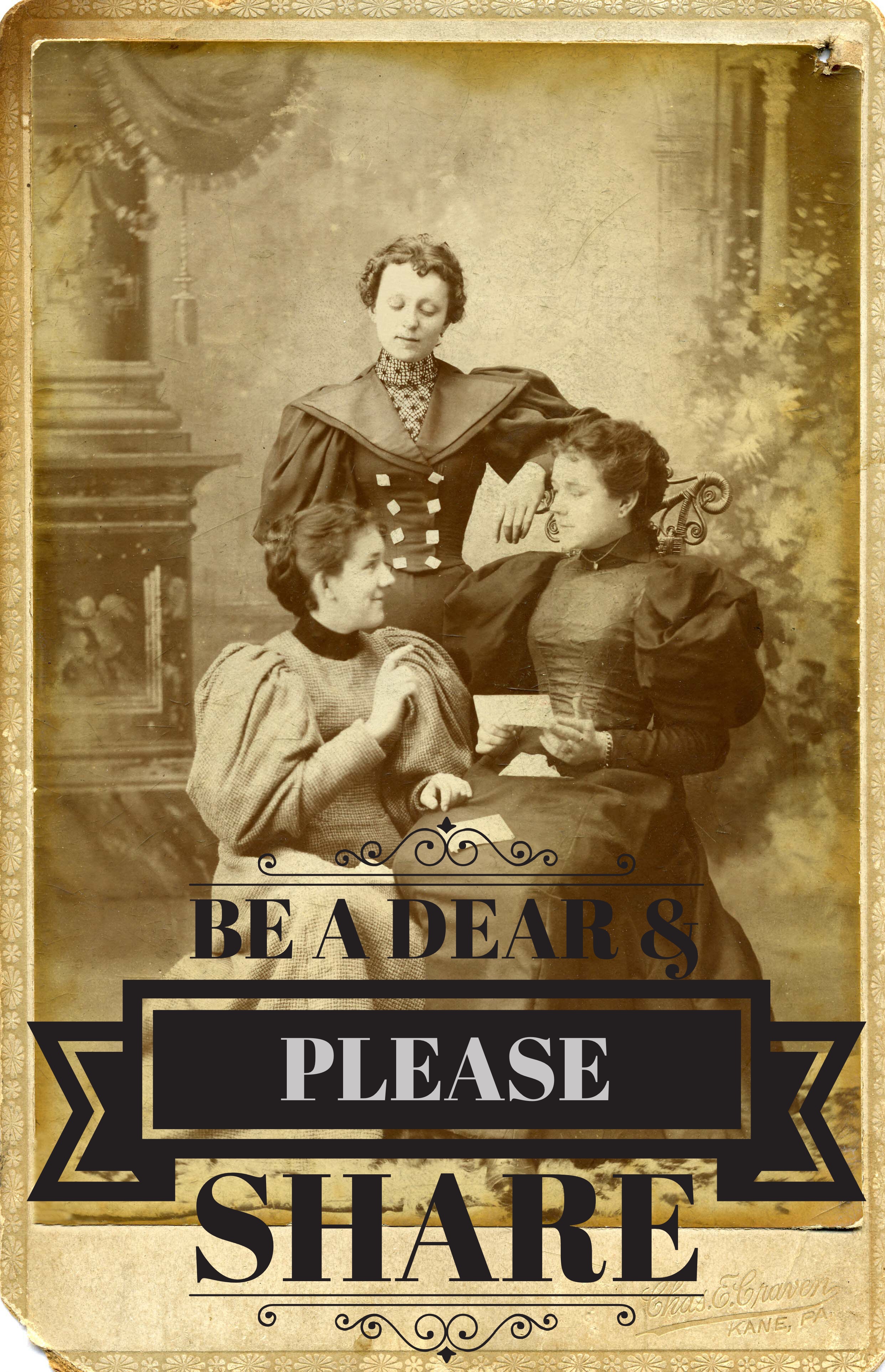
Genealogy Gems Podcast Episode 239 DNA and The Lost Family
The Genealogy Gems Podcast is the leading genealogy and family history show. Launched in 2007, the show is hosted by genealogy author, keynote presenter, and video producer Lisa Louise Cooke. The podcast features genealogy news, interviews, stories and how-to instruction. It can be found in all major podcasting directories, or download the exclusive Genealogy Gems Podcast app to listen to all the episodes and receive bonus content.
Click below to listen to this episode:
Podcast host: Lisa Louise Cooke
March 2020
Download the episode mp3
In this episode we’re going to delve into how DNA testing has changed our world with award-winning journalist Libby Copeland, author of the new book The Lost Family: How DNA Testing is Upending Who We Are.
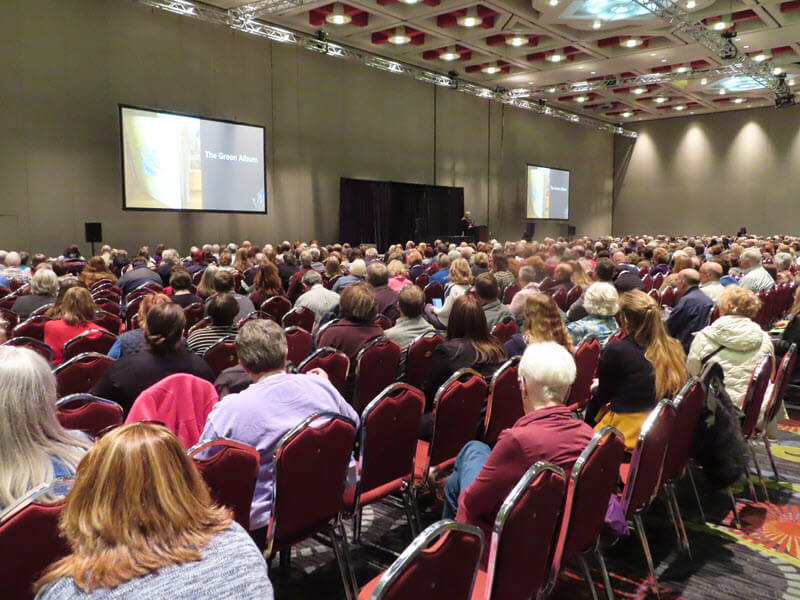
Lisa Louise Cooke presenting her new class “3 Cool Cases Solved: How to Identify Your Photos” at RootsTech 2020. Video coming soon to Genealogy Gems Premium Membership!
Genealogy Gems Mailbox
Jenn shares her journey into genealogy and her brand new family history blog.
Jenn writes:
You even inspired me to start my own blog! This is something I thought I would never do, but with your helpful tutorials and encouragement I got started last month and I already have 7 posts!
My question is about getting my blog to show up in Google Search. I am using Blogspot. I have used Google’s Search Console to request indexing for my url’s (they are all indexed). I have included labels and pictures. I use the key words often that I think folks will search for. I’m not sure what I’m doing wrong. Can you help me?
I have tried the following searches in Google to no avail:
“William” “Poland” 1788…1856 ~genealogy -Polish -Russian -Austrian
“William * Poland” 1788…1856 “Ohio” “Indiana” -Polish -Russian -Austrian -China ~genealogy
Here is a link to my blog: Poland Family History
Jenn has crafted some great Google search queries to see if her blog will come up in the search results. However, the query does need a few adjustments.
Numrange Search: 1788…1856
Use two periods – not three.
Synonym Search: The tilde (~genealogy)
This search is no longer supported by Google, and in reality really isn’t necessary due to the updates and improvements it has made to its search algorithm.
Simply include the word genealogy at the end of your query and it should provide search results for words like ancestry, family tree, and family history.
It can take Google up to around a month to index your site so that it will appear in search results. Give it a little more time. In the meantime, I would recommend setting up Google Analytics and Google Console for additional traffic data.
Run this search to verify your family history blog has been indexed:
site:https://polandfamilyhistory.blogspot.com/
This blog post by Neil Patel is a great source of additional information about how to get your site found and showing up in search results.
Lisa’s Recommended Strategy:
- Be Patient
- Keep Consistently Blogging
- Use free tools like Google Analytics and Google Console.
Genealogy Gems Book Club: Libby Copeland, author of The Lost Family
From the book: “In The Lost Family, journalist Libby Copeland investigates what happens when we embark on a vast social experiment with little understanding of the ramifications. Copeland explores the culture of genealogy buffs, the science of DNA, and the business of companies like Ancestry and 23andMe, and delves into the many lives that have been irrevocably changed by home DNA tests.”

You’re listening to episode 239.
Get your copy of the book here.
Thank you for using our affiliate link. We will be compensated at no additional cost to you, and that makes it possible for us to be bring more interviews to the free Genealogy Gems Podcast.
Libby Copeland is an award-winning journalist who has written for the Washington Post, New York magazine, the New York Times, the Atlantic, and many other publications. Copeland was a reporter and editor at the Post for eleven years, has been a media fellow and guest lecturer, and has made numerous appearances on television and radio.
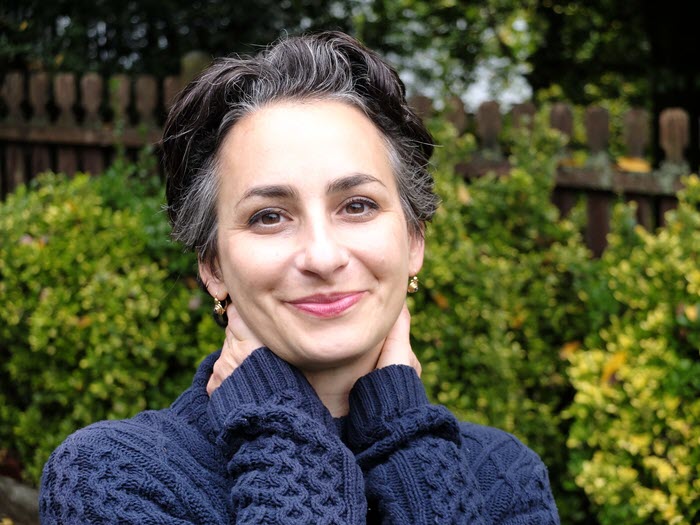
Libby Copeland author of The Lost Family
Quotes from Libby Copeland:
‘I think that America in many ways because of commercial genetic testing is becoming a nation of seekers, and we’re all sort of seeking out our origins.”
“It’s hard to tell your story when you don’t have a beginning.”
“So, we’re sort of operating in the dark in a way. It’s like we have a flashlight and it only illuminates what’s directly in front of us.”
“We have all this information that’s available with the intention for it to be used for one thing, and we cannot anticipate the ways in which it might be used in coming years.”
“So, DNA is…really causing in many ways, the past to collide with the present. And that’s what I find so fascinating.”
Quotes from Lisa Louise Cooke:
“When you say, ‘what’s coming in the future?’ and he (Yaniv Erlich) says ‘oh, I don’t have a crystal ball, but you don’t need one because you look to the past.’ This is what we as genealogists do all the time!”
Get your copy of the book here.
Thank you for using our link and supporting author interviews and the free Genealogy Gems Podcast.
The Genealogist’s Google Toolbox , 3rd Edition
By Lisa Louise Cooke
-
- Fully Updated and Revised!
- Brand New Chapters
- Featuring Lisa Louise Cooke’s Google Search Methodology for 2020
A lot has changed and it’s time to update your search strategy for genealogy!

Click to order your copy of “The Genealogist’s Google Toolbox, Third edition” by Lisa Louise Cooke
Discover the answers to your family history mysteries using the newest cutting-edge Google search strategies. A comprehensive resource for the best Google tools, this easy-to-follow book provides the how-to information you need in plain English.
This book features:
- Step-by-step clear instructions
- quick reference pages.
- Strategies for searching faster and achieving better results.
- How to use exciting new tools like Google Photos and Google Earth.
Visit the Genealogy Gems Store here to order your copy.
Read our latest articles at Genealogy Gems:
- Recent New and Updated Genealogy Records Online
- Collection of Historical U.S. City Directories Released by MyHeritage
Please Help Us by Taking the 1 Minute Genealogy Gems Survey
Please help us create the best podcast for you by taking this very short survey.
Follow Lisa and Genealogy Gems on Social Media:
Instagram: Follow me here.
Facebook: “Like” the Genealogy Gems Podcast page here.
Pinterest: Follow me here.
Genealogy Gems YouTube Channel – Subscribe here and click the bell notification icon.
Stay Up to Date with the Genealogy Gems Newsletter
Click here to sign up today for the free Genealogy Gems email newsletter.
Download the Show Notes
Genealogical Evidence and Proof: How to know if you’ve compiled enough evidence
The Genealogical Proof Standard tells us that we need to conduct reasonably exhaustive research in order for our work to be credible. If you’ve ever wondered just what constitutes “reasonable” (and if your family tree is up to snuff) my guest author Kate Eakman, professional genealogist at Legacy Tree Genealogists, has answers.

Professional Genealogist Kate Eakman explains evidence on the Genealogy Gems blog.
Genealogical Evidence: Have You Got What It Takes?
How do we know when we have compiled enough evidence to constitute proof?
Is a birth certificate or an autosomal DNA test result sufficient to declare this person is the child of that person?
Must we collect every record regarding an individual – the deeds, the tax lists, the newspaper clippings, the census reports – before we can declare a familial connection?
The Genealogical Proof Standard (GPS)
The Genealogy Proof Standard (GPS) directs us to perform reasonably exhaustive research, which requires that we identify and review all available records related to an individual.[1] This is being as thorough and accurate as possible and is a goal toward which we should all aspire in our genealogical research.
But, let’s be honest: most of us do not want to spend weeks or months (or even years) documenting one person before moving on to the next individual. We don’t want to know every detail of grandpa’s life before we turn to grandma.
We want to build a family tree which accurately provides us with the names of our ancestors so that we can identify our immigrant ancestor, or join a lineage society, or enjoy the satisfaction that comes from a balanced tree extending back a hundred years or more.
We want to be thorough and accurate, but we also want to make some progress. How do we balance the need for accuracy with the desire for results? How do we determine the necessary quality and quantity of evidence for our research?
Below are some guidelines to demonstrate how we can go about compiling the necessary information to say with confidence “this person is my ancestor.”
Genealogical Evidence Guidelines
1. One record/source is never enough.
Any one piece of data can say anything. A mother might lie on her child’s birth certificate for a number of reasons. A grieving spouse might not correctly recall the information for a husband or wife’s death certificate. There are typos and omissions and messy handwriting with which to contend. Even a lone DNA test is not sufficient evidence to prove a family connection.
We need multiple sources, and different kinds of sources, which corroborate the details of the others.

A single source is not enough. A marriage license does not guarantee that John and Griselda married. Photo courtesy https://newspapers.com.
A census report and autosomal DNA test results.
A deed and a will.
A birth certificate and an obituary.
Or, better still, a birth certificate, a census report, a deed, a will, an obituary, and autosomal DNA test results.
2. The more contemporary the source is to the person or event in question, the better.
Records of events made immediately after the event tend to be more accurate, and provide better details, than records created months or years later. As time passes, details become fuzzy, two events can be confused with each other, and our memories fade.
The passage of time between an event and the record of the event also allows for some revisionist history to creep in.
Here are some examples:
A birth year is adjusted to make someone appear older or younger in order to avoid the draft, enlist in the military, mask a dramatic age difference between spouses, or conceal an out-of-wedlock birth.
An obituary ignores the deceased’s first marriage because of some embarrassment associated with that marriage.
A census report enumerates everyone in the household as natives of Stepney, London, when they really were born in Stepney, and Hackney, and Whitechapel, which explains why the baptismal records can’t be found in Stepney.
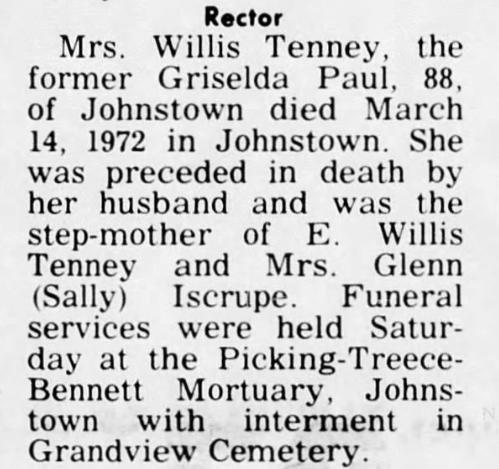
According to this obituary for Griselda, she was the widow of Willis Tenney, not John Wise. It appears Griselda and John did not marry after all. Photo courtesy https://newspapers.com.
According to this obituary for Griselda, she was the widow of Willis Tenney, not John Wise. It appears Griselda and John did not marry after all. Photo courtesy https://newspapers.com.
This is particularly true when it comes to autosomal DNA testing. My autosomal DNA is more useful for identifying my ancestors than is my son’s because I am one generation closer to those ancestors. This is the reason we encourage people to test the oldest members of their family first: their DNA has the potential to be the most useful simply because they are from an earlier generation (or two).
3. It is okay to make appropriate assumptions, but be careful!
In genealogical research we must sometimes make assumptions. When research theories are based on logical reasoning, it is perfectly acceptable to make those appropriate suppositions.
Determining which assumptions are appropriate can be simple: the two-year-old child enumerated in the home of a 90-year-old woman in the 1850 census can safely be eliminated as a biological child of that woman; the man born in 1745 could not have been buried in 1739; the person with whom I share 3150 cM of DNA is my sibling.
The challenge is to avoid making what seems like an appropriate assumption but is really based on faulty reasoning or bias. For instance, we presume that every child listed in a household in the 1860 U.S. Census is son or daughter of the two adults listed first. However, the household could include step-children, cousins, or individuals not even related to the family who were erroneously assigned the same surname.
Other inappropriate assumptions can include:
- the notion that a baby was born within a week of his baptismal date;
- a woman’s reported surname on her marriage certificate is her maiden name;
- there is only one person in any village, town, or city with the name of your ancestor;
- someone who shares 2000 cM of DNA with you must be your grandparent, aunt or uncle, niece or nephew, half sibling, or grandchild (they could be a ¾ sibling, the child of one of your parents and the sibling of the other parent).
4. All of the data from the various sources must correlate, and there can be no unresolved contradictions.
When the birth certificate says Richard was born in 1914, the 1938 newspaper article about his wedding reports Richard was 24 years old and the 1942 World War II Draft Registration card notes Richard’s date of birth occurred in 1914, we can confidently declare Richard was born in 1914.
If the wedding article declared the groom was 23 years old the contradiction could be explained by the time of year in which the wedding occurred – before or after Richard’s birthday.
But if his birth certificate reported a 1914 birth, and the newspaper article noted Richard was 32 years old, while the World War II Draft Registration listed his year of birth as 1920, we have some important contradictions. It is most likely the records are for three different men with the same name.
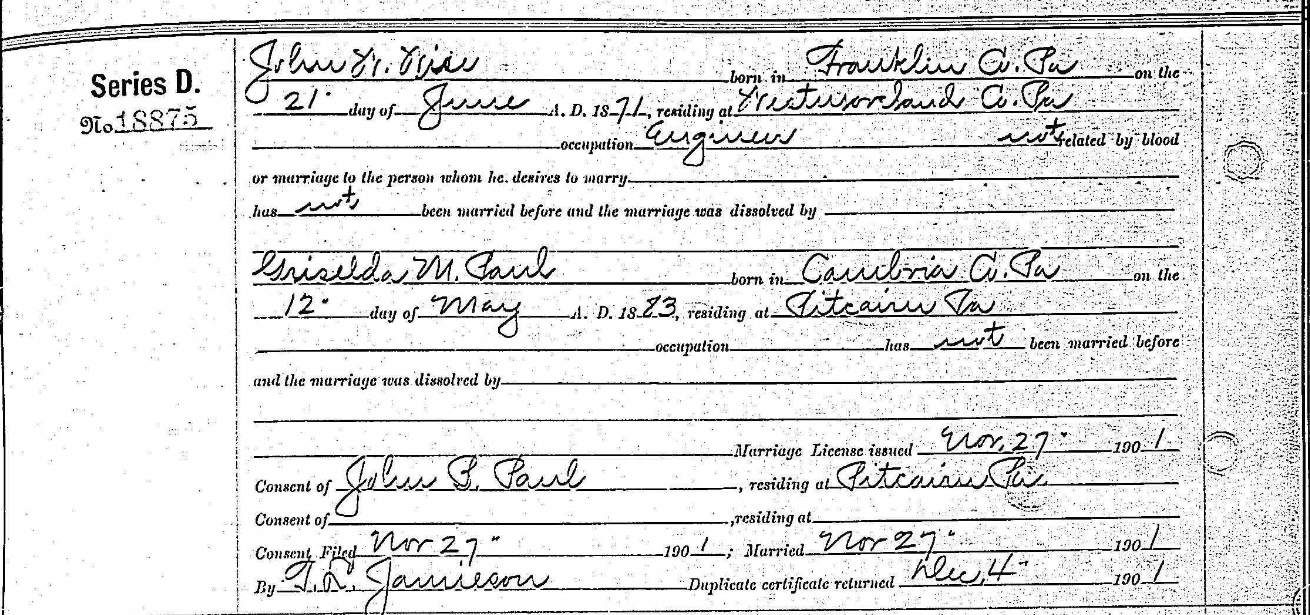
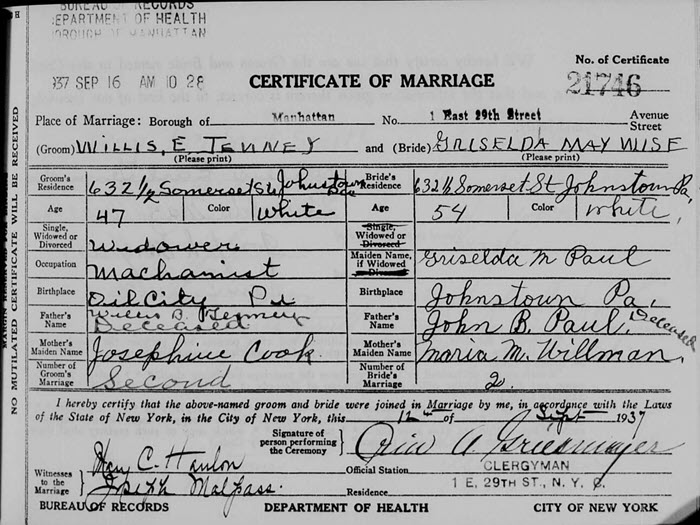
By collecting additional evidence, we finally learn that Griselda and John Wise did marry, and after his death Griselda married Willis Tenney. If we had collected only one of these four records we would not have had the most accurate information regarding Griselda Paul. Photos courtesy https://familysearch.org.
It’s important to remember that once we have accomplished that initial goal of building out our tree a few generations (or identifying our immigrant ancestor, or determining if we are related to that historical person) we can – and should – go back and collect other sources related to that person. This will result in uncovering a more complete story of their lives in the process.
As we can see from the four documents regarding Griselda Paul’s marriages, her story is much more than a simple list of birth, marriage, and death dates. As we identify, review, and analyze the other available sources, Griselda’s story will come alive with the facts and details we uncover.
A Fresh Set of Eyes on Your Genealogy Brick Wall
Sometimes the wrong evidence or assumptions can push us into a brick wall. A fresh set of expert eyes can help you identify the problem, and recommend the sources you need to pursue in order to compile trustworthy evidence.
If you are looking for some assistance in your genealogical research, Legacy Tree Genealogists can help. Our affordable ($100 USD) Genealogist-on-DemandTM Virtual Consultation service provides you with the opportunity for a 45 minute one-on-one discussion of your research with one of our expert genealogists. We can help guide you in evaluating evidence and determining research strategies to move forward with your research confidently.
About the Author: Kate Eckman
Legacy Tree guest blogger Kate Eakman grew up hearing Civil War stories at her father’s knee and fell in love with history and genealogy at an early age. With a master’s degree in history and over 20 years experience as a genealogist, Kate has worked her magic on hundreds of family trees and narratives.
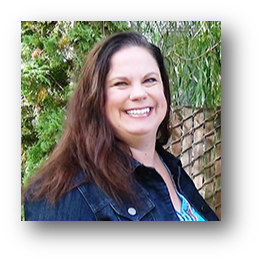
Professional Genealogists Kate Eakman
[1] “Genealogical Proof Standard (GPS),” Board for Certification of Genealogists, https://bcgcertification.org/ethics-standards, accessed March 2020.

